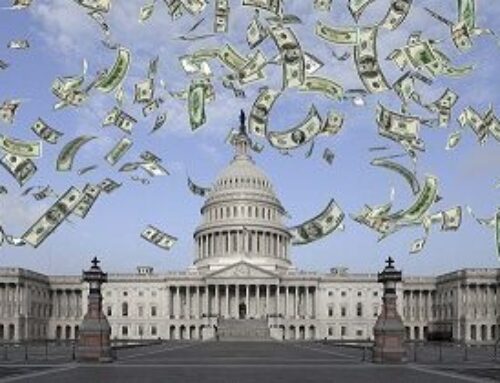The Supreme Court case Train v. City of New York (1975) addressed a pivotal constitutional question: to what extent can a president withhold funds appropriated by Congress? This issue arose in the context of the Federal Water Pollution Control Act Amendments of 1972, which authorized substantial federal funding to improve municipal sewage and water treatment systems. The Act specified funding levels for fiscal years 1973 through 1975, but President Nixon directed Environmental Protection Agency (EPA) Administrator Russell E. Train to allocate significantly less than the appropriated amounts. The City of New York and other municipalities, which had anticipated full funding, sued the EPA, arguing that the funds authorized by Congress must be distributed as legislated.
Article I, Section 8 of the U.S. Constitution grants Congress the power to raise and collect taxes, while Section 9 stipulates that no funds may be drawn from the Treasury without an appropriation by law. These provisions affirm Congress’s exclusive authority over public expenditures as the representative body of the people. Article II reinforces this framework by limiting the executive branch’s ability to spend funds without Congressional authorization. This principle has deep roots in constitutional theory; in Federalist No. 58, James Madison highlighted that the “power over the purse” is a critical legislative tool to prevent executive overreach and ensure accountability to the public.
The central issue in Train was whether the EPA Administrator was legally obligated to allocate the full amounts authorized by Congress under the Federal Water Pollution Control Act Amendments, despite President Nixon’s directive to reduce them. The Supreme Court unanimously ruled that the EPA Administrator must allocate the full sums authorized by Congress. The Court determined that the statutory language of the Act left no room for discretionary reductions by the executive branch, making full allocation a legal requirement:
- Statutory Interpretation: The Court emphasized the explicit language in Sections 205(a) and 207 of the Act. It interpreted the phrase “sums authorized to be appropriated” as a directive to allocate the full authorized amounts, rejecting any interpretation that would allow for partial funding.
- Legislative Intent: Through legislative history, the Court determined that Congress intended for these funds to be fully distributed to combat water pollution effectively. This intention left no ambiguity in the statute’s directive.
- Impoundment Power: While the Court avoided a sweeping constitutional ruling on the general power of impoundment, it firmly held that statutory mandates must be honored unless Congress explicitly provides for executive discretion.
The ruling in Train v. City of New York strengthened the legislative branch’s control over federal spending:
- Congressional Authority: The decision reaffirmed Congress’s “power of the purse” by ensuring that executive actions adhere to statutory mandates.
- Limits on Impoundment: It curtailed the president’s ability to unilaterally withhold appropriated funds, narrowing potential loopholes for executive overreach.
- Statutory Clarity: The case highlighted the importance of precise statutory language in defining the scope of executive authority.
Train v. City of New York is a foundational case in budgetary law, underscoring the primacy of Congressional authority over federal funds and establishing clear boundaries for executive discretion. Its relevance endures in debates over the balance of power between the legislative and executive branches.
- Photo by Sasun Bughdaryan on Unsplash











Get Social